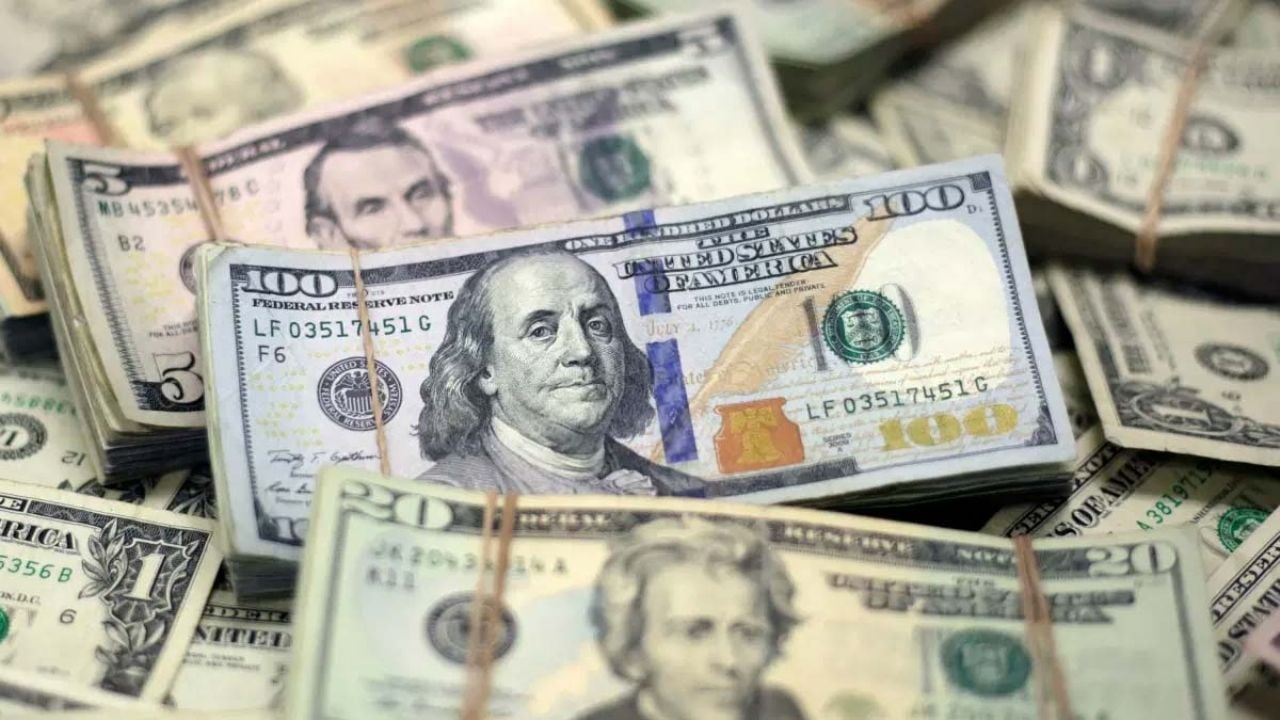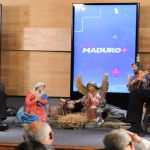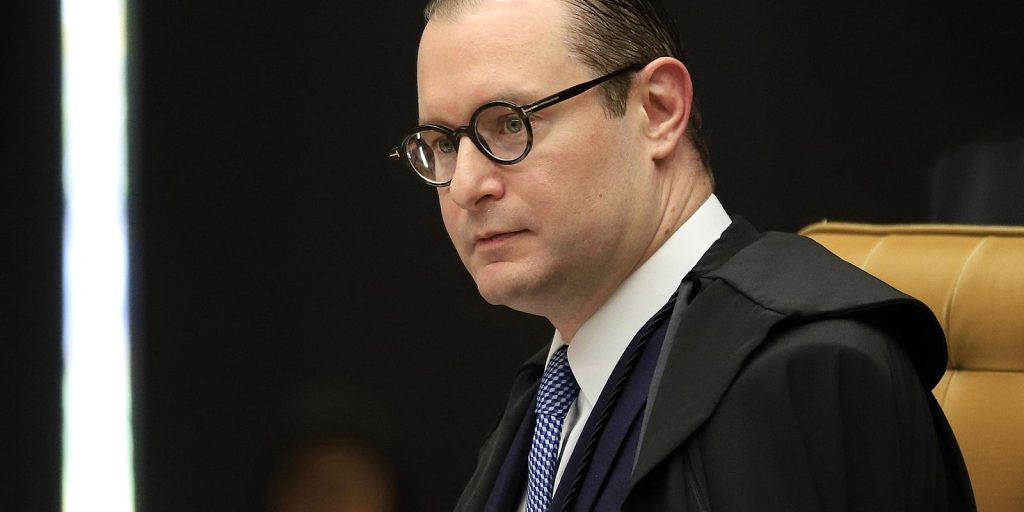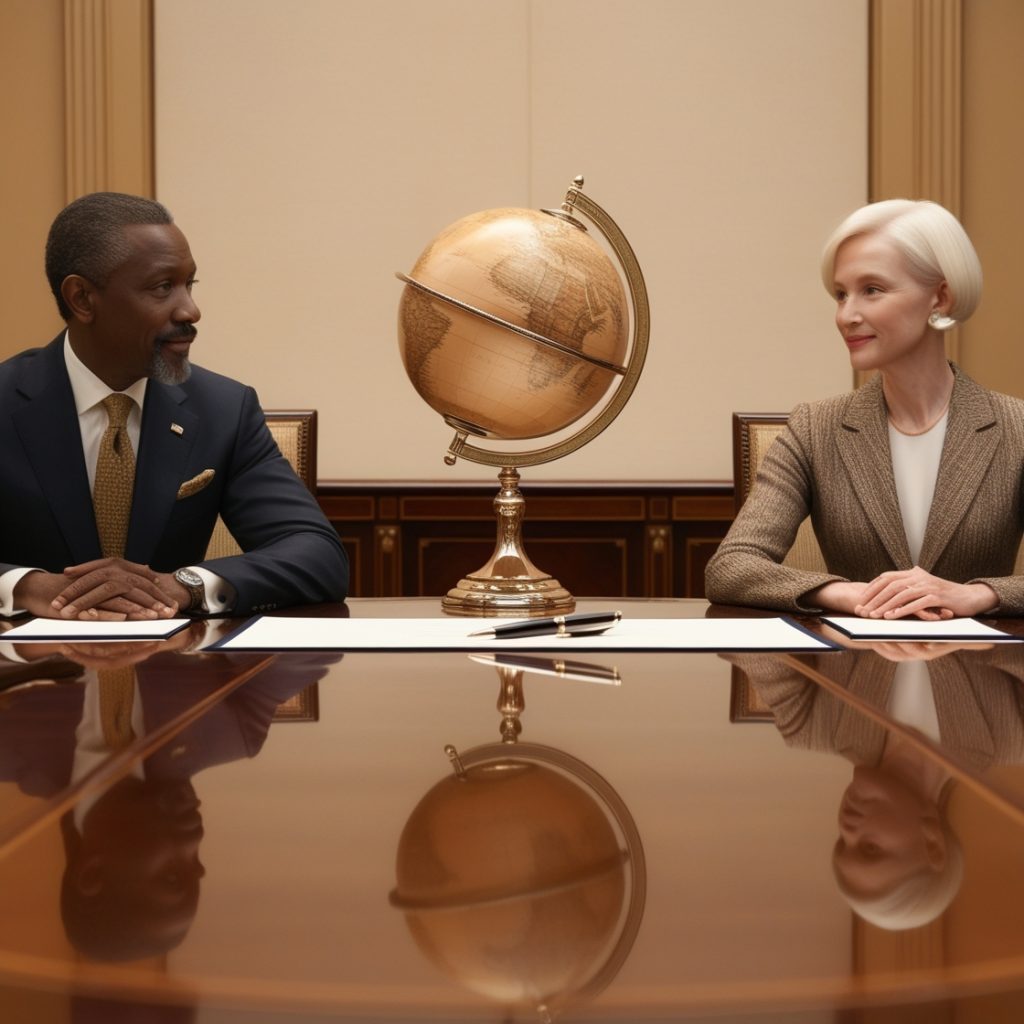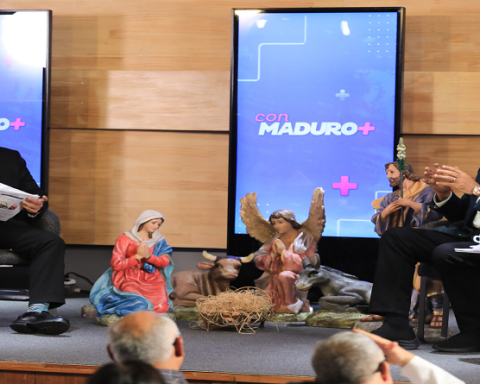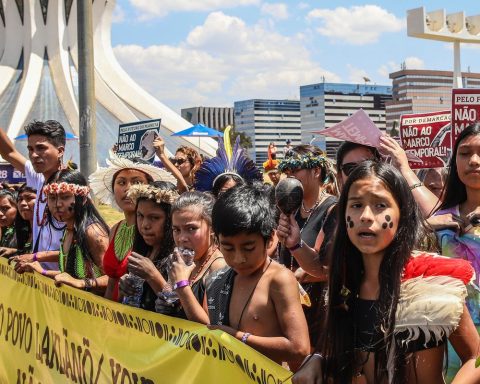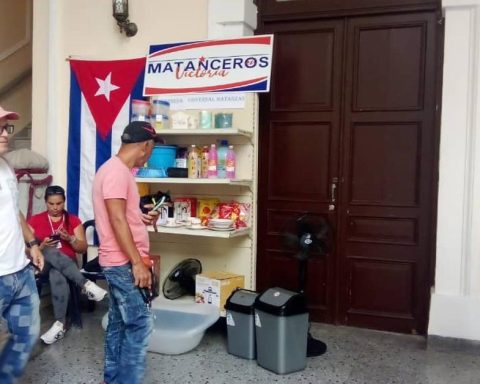The quote of the dollar In Argentina, it remains a topic of great interest and concern for citizens and financial markets. The Argentine economy has been marked by exchange rate volatility, and the difference between the official dollar and the blue dollar reflects the economic tensions and challenges facing the country.
He dolar The official rate, which is the exchange rate controlled by the government and used for official and commercial transactions, was quoted at $930 for purchase and $970 for sale. This value is determined by the Banco de la Nación Argentina and is the lowest on the market.
The official dollar is used primarily for imports, exports and other transactions regulated by the government. On the other hand, the blue dollar, which is the parallel or informal exchange rate, is quoted at $1,295 for purchase and $1,315 for sale.
The blue dollar emerges as an alternative for those seeking to avoid the exchange restrictions imposed by the government and obtain dollars more quickly and easily. The gap between the dollar official and the blue dollar is significant, reflecting the lack of confidence in the country’s economy and monetary policies.

In addition to the official dollar and the blue dollar, there are other exchange rates that are relevant in the Argentine market: MEP Dollar (Electronic Payment Market): It is quoted at $1,271.333. This exchange rate is obtained by buying bonds in pesos and then selling them in dollars.
CCL Dollar (Cash with Settlement): It is quoted at $1,289.043. Similar to the MEP dollar, but used to transfer dollars abroad. Crypto Dollar: It is quoted at $12,993. This exchange rate refers to the purchase of cryptocurrencies such as Bitcoin, which can then be sold for dollars.

Perspectives
The future of the stock price dollar It will depend on several factors, including the evolution of inflation, the government’s economic policies and investor confidence. Exchange rate stability is crucial for the country’s economic recovery, and a comprehensive approach will be needed that addresses both structural issues and market expectations.
The dollar exchange rate, both in its official version and in the parallel market, reflects the complexities and challenges of the country’s economy. The gap between the official dollar and the blue dollar is an indicator of economic tensions and distrust in monetary policies.
